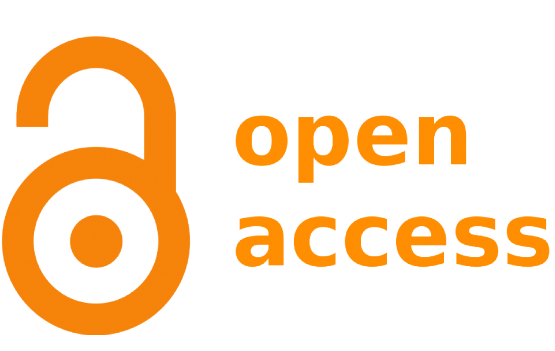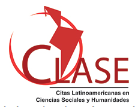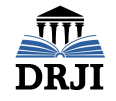Pedagogies queer in action: cartoon characters, gender issues and concepts of difference
DOI:
https://doi.org/10.5433/1679-0383.2015v36n2p31Keywords:
Queer studies, Gender, Cartoon characters.Abstract
In this article we analyze the constitution of gender meanings in images of some cartoon characters of the franchise Cartoon Network Studios. Inspired by Foucault's poststructuralist perspectives, in a broad sense and in the strict sense, the theoretical lens of queer studies, we propose the possibility of subverting the meanings given as laid by a normative sexual order. We opted for a joint discourse analysis in methodology with queer as a way to launch looks beyond the logics of domination, in this case, giving priority to gender issues. The objective was to outline the possible effects of meaning that cartoons can pass on to their viewers. The analysis showed that gender performativity expressed by the characters intend to normative sexual order, which punishes functions and expressions assigned to each gender. Positioning on the borders of what was attributed historically and culturally as male and female, bet on the fact that the presence of such characters opposite in such blockbusters flex notions of difference at the very moment in which, in addition to allegedly carried over from one genre to another, lie more in hybrid territories.Downloads
Downloads
Published
How to Cite
Issue
Section
License
Semina: Ciências Sociais e Humanas adopts the CC-BY-NC license for its publications, the copyright being held by the author, in cases of republication we recommend that authors indicate first publication in this journal.
This license allows you to copy and redistribute the material in any medium or format, remix, transform and develop the material, as long as it is not for commercial purposes. And due credit must be given to the creator.
The opinions expressed by the authors of the articles are their sole responsibility.
The magazine reserves the right to make normative, orthographic and grammatical changes to the originals in order to maintain the cultured standard of the language and the credibility of the vehicle. However, it will respect the writing style of the authors. Changes, corrections or suggestions of a conceptual nature will be sent to the authors when necessary.

















